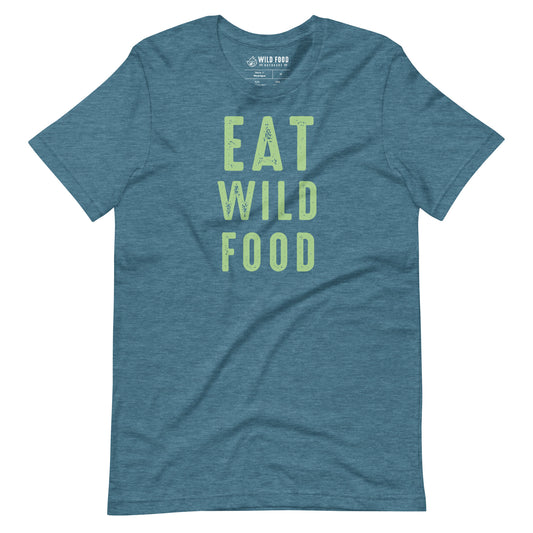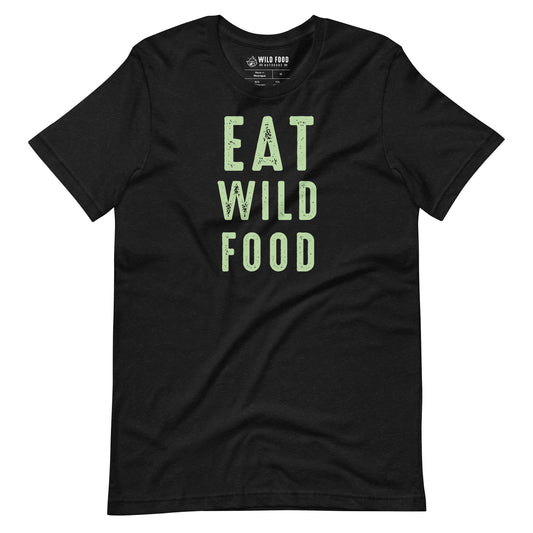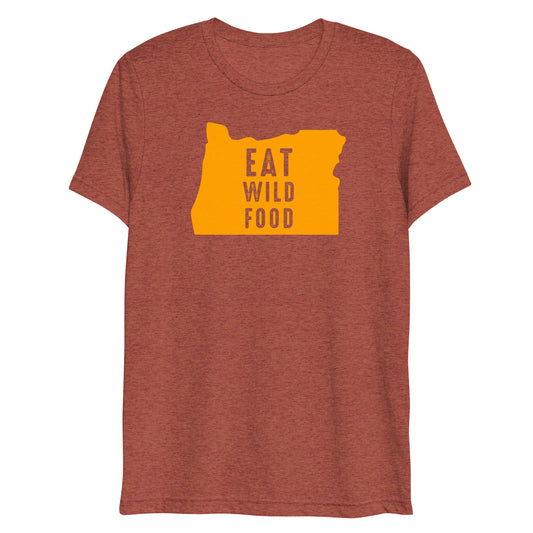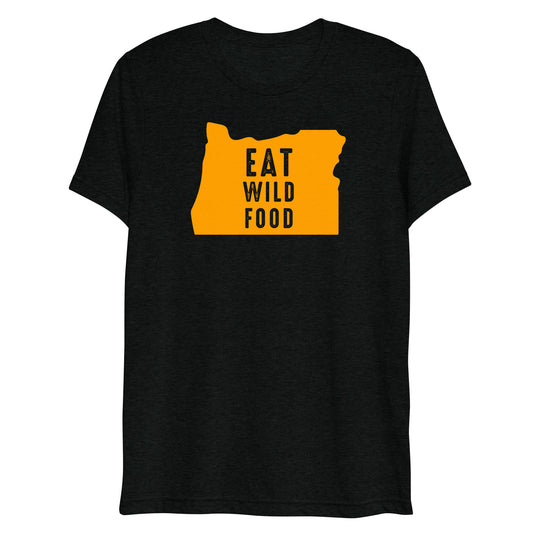So far in my brief hunting career, bear meat has quickly taken the throne as my favorite wild game meat, and canning it is a fast and easy way to process it for safe consumption.
A lot of bear hunters out there aren't big on the meat, and there are a number of valid reasons, first and foremost which is trichinosis. Trichinosis is a parasitic infection caused by trichinella spiralis, a parasite that is commonly found in wild pigs (it used to be present in domesticated pigs but is now very rare) and bears. Not every bear will have it, but it's common enough to take precautions.
Eventually I'll do a deep dive on the scientific literature as it relates to trichinosis in bears, but that's not for this article.
The trichinosis problem is solved simply by following the general rule of cooking bear meat to at least 160ºF for 1 minute.
There are exceptions to this general rule, but like I said, that's for another post.
The beauty of canning bear meat is, apart from being absolutely delicious, the meat reaches temps well over 160ºF for 90 minutes, rendering the meat super tasty, tender, and completely safe to consume.
Ok, with that out of the way, let's get into the process. Skip passed the video version if you prefer the written details!
ITEMS YOU'LL NEED
Pressure Canner
This is the main item that's gonna make all the magic happen. I use a Presto 23 quart canner, which is pretty standard. If you want the crème de la crème, go with the All-American... or do whatever you want, there are a lot of options :-)
Jars, Lids, and Rings
The classic Ball jars is where it's at, everyone knows the rules. I prefer the wide-mouth jars, as they're easier to deal with. One thing a lot of people don't tell you: lids are a one-time use item! If you re-use them, you risk the seal degrading and not properly and safely sealing your jar. Not worth the risk! Lids are cheap so buy new every time. Tractor Supply has a great selection for purchase online at reasonable prices. DO NOT BUY ON AMAZON! Prices on Amazon are ridiculous. If you're in the PacNW, Bi-Mart is a great local option for canning supplies.
Jar picker upper tool
When the jars are piping hot after canning, you'll appreciate this little device. Brand is not important on this item.
THE CANNING PROCESS
With all your canning gear secured and ready to go, we can start the process of canning your bear meat.
1. Prep your meat and jars
Make sure that your jars are clean and sterilized. Before prepping the meat, boil some water and then toss your lids in there. This will sterilize the lids in addition to softening up the gasket a bit for a better seal during the canning process. Just don't forget later that they'll be hot.

For canning, you can use whatever cuts of bear meat that you like. Personally, I reserve the backstraps, heart, and tenderloins for other cooking methods but everything else is fair game for canning.
Cut your meat into roughly 1" cubes.
A note about safety - Due to the trichinella risk, it's advisable to wear gloves while handling raw bear meat. Don't touch your eyes, nose, or mouth with your hands after handling raw bear meat until you've washed them thoroughly with hot, soapy water. I personally do not feel like this is a huge contraction vector but, safety first I guess kids!
2. Fill your jars
Use this wide-mouth jar funnel to make it easier if you like. Fill up the jars with the meat, leaving about 1" of space between the top of the jar and the top of the meat.
At this point, you're free to add any spices or other ingredients you'd like to your jars of meat. Some folks like to get crazy and throw jalapeños in there or add things like chopped carrots and potatoes as an easy stew base.
Personally, I throw a couple teaspoons of salt in and call it good. This keeps my options open for the final preparation of whatever dish I decide to make later. Even salt can be skipped and added later during final meal prep.

After adding the meat and any other ingredients to your jars, DO NOT FORGET TO WIPE DOWN THE RIMS! Any bits of meat/spice/etc on the rims will prevent the jar from sealing properly.
Add the lid, then the ring, and tighten firmly... no need to go hulk on it.
3. Prep your canner
I highly recommend you read the manual for whatever pressure canner that you have so you can ensure that you use it properly and safely. Contents under pressure can generate dangerous, explosive disaster if the canner is not used correctly.
You'll want to add enough water into the canner such that it reached about half-way up the jars once they're all inside... usually a 3" of water or so depending on the size of your jars. A few tablespoons of white vinegar will help keep your jars from getting water stains.
Add your filled jars into the canner, leaving a little space between each jar. If needed, you can use one of these racks to get a second layer of jars into the canner.
At this point, follow those instructions in your canner's manual for getting the process rolling and starting to build pressure in your canner.
4. Cook your meat
Once you've brought the canner up to the correct pressure for your altitude, THEN and only then can you start the cook timer. At pressure, start your timer and let the meat cook for 90 minutes.

Once the 90 minutes is up, turn off the heat and carefully move your canner off the hot burner. Let the canner drop pressure slowly by simply leaving it alone. This may take a while. I like to do this whole process in the evening and just let the canner sit overnight, then unload it the next day.
Once the canner has lost all its pressure, it's safe to open up. Careful, if you're doing this same day stuff is going to be PIPING HOT. Use that jar picker upper gadget I mentioned before if necessary.

Double check your seals! Your lids should be sucked down and you should not be able to pop the top in/out by pushing on it. If you can, it's not the end of the world... just keep that jar in the fridge and use it within the next few days.
Jars that successfully sealed will be shelf stable for a long time, no refrigeration necessary!
5. ENJOY!
Congrats, you've canned your bear meat! Now enjoy it :-) Stay tuned for some of my favorite recipes for using my canned bear meat.









